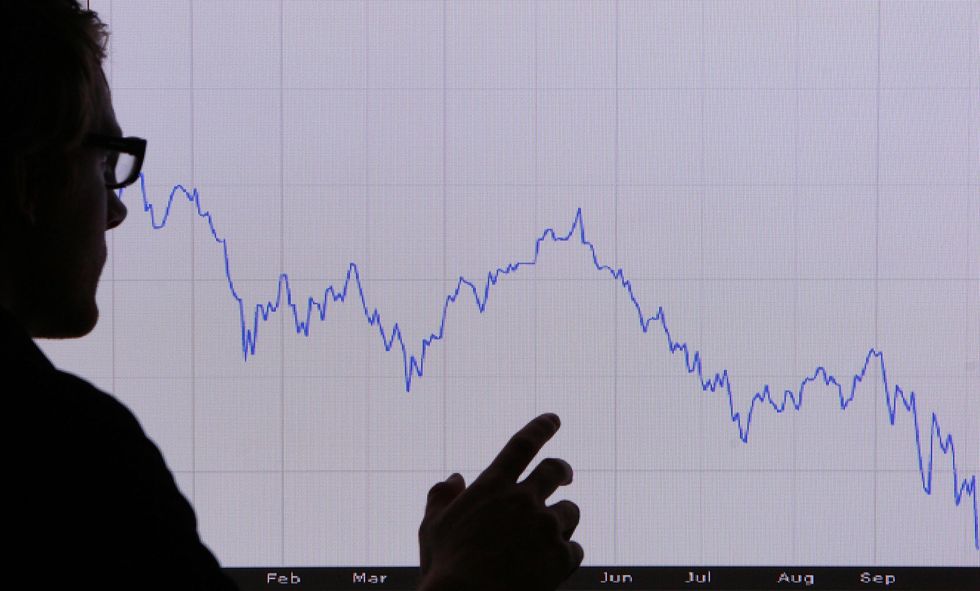
Peter Macdiarmid/Getty Images

Figures released from The Libre Institute give us a frightening look at just how much businesses in the United States have to spend in order to keep up with all the red tape government regulations force upon them. As you will see, the cost of keeping up with government intervention is monumental.
Using major U.S. industries as a kick off point, The Libre Institute marked their contribution to America's GDP, then ads up just how much money these industries spend trying to stay legal in the face of governmental red tape.
Using data from the Bureau of Economic Analysis, we compare the size of the construction, health care, and financial and insurance industries with the size of total U.S. regulatory compliance costs as a share of GDP. In 2015, the total burden of regulatory compliance costs in the U.S. exceeded 10 percent of GDP.
To put it in perspective, regulatory upkeep surpassed $1.8 trillion in 2015. This is much larger than Russia's entire GDP.
"If red tape in the United States were a country," says the Libre Institute. "It would be larger than all but the world’s 8 largest economies."
What's more, these regulations aren't really hurting large corporations. They are actually far more burdensome on smaller businesses.
All of these regulatory costs take their toll on businesses, and in fact systematically benefit large businesses at the expense of their smaller competitors. According to the American Action Forum, “for every 10 percent increase in regulatory costs in an industry, the number of small and medium-size businesses in that industry falls 3 to 6 percent. The number of large businesses, meanwhile, grows 2 to 3 percent. In sum, … regulations cumulatively have a highly regressive effect, substantially reducing the smallest businesses and growing the largest.”
George Mason University has drawn up figures that say without much of these regulations, our economy would be actually be 25 percent larger as of 2012. That's $4 trillion smaller than it would have been had government interference been kept to a minimum as it was in the 1980's. That's $13,000 less for the American worker per capita.